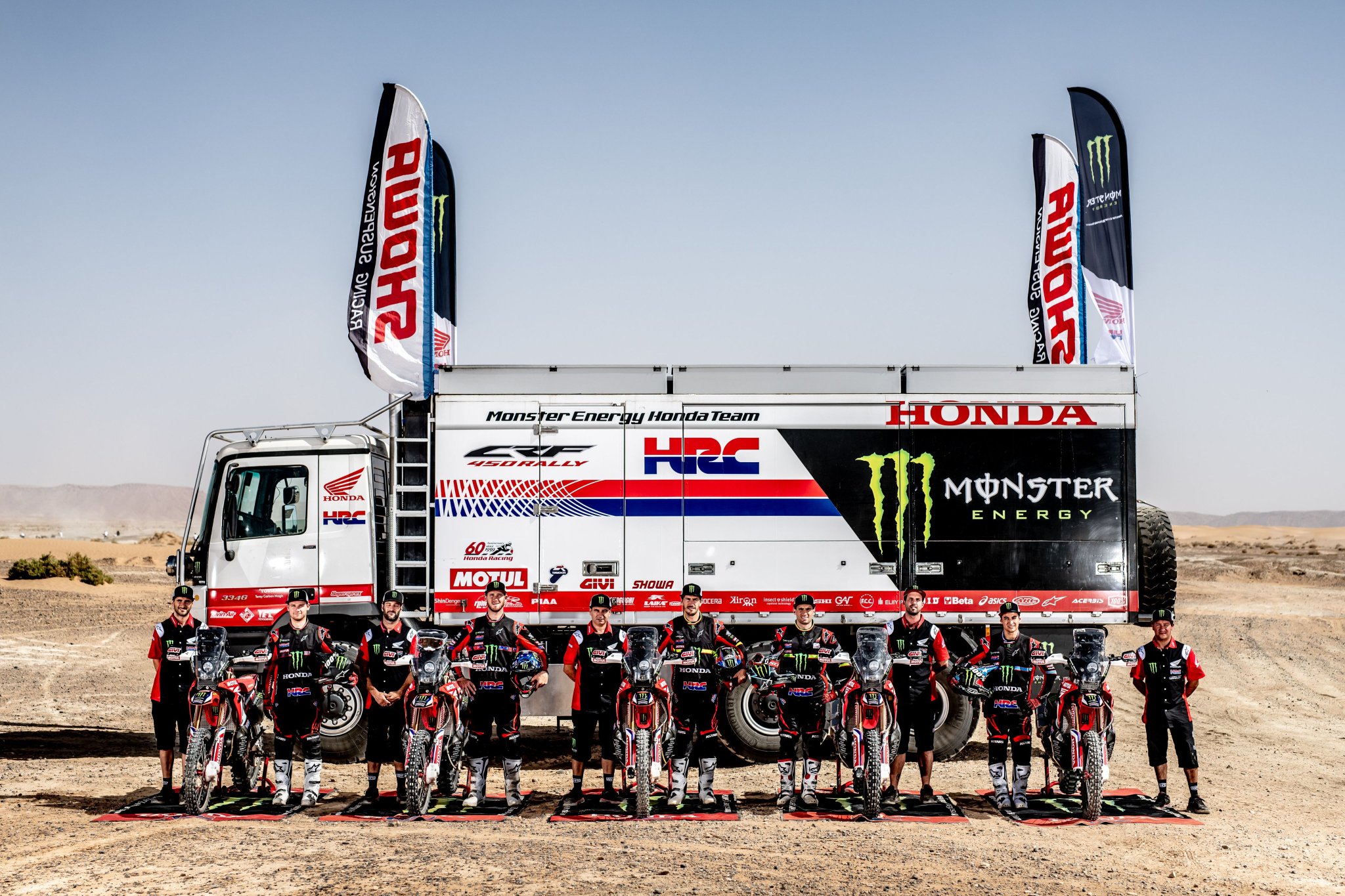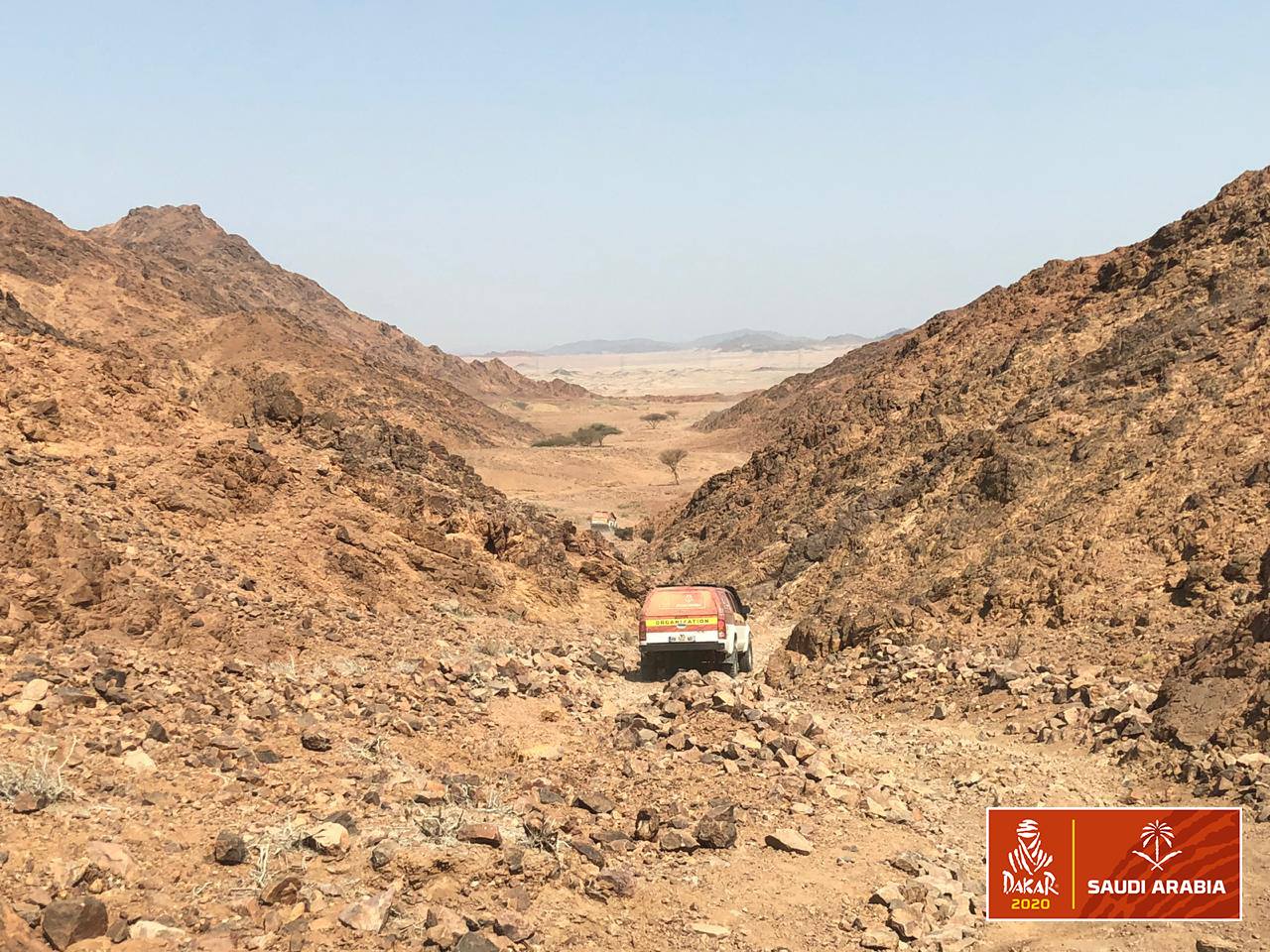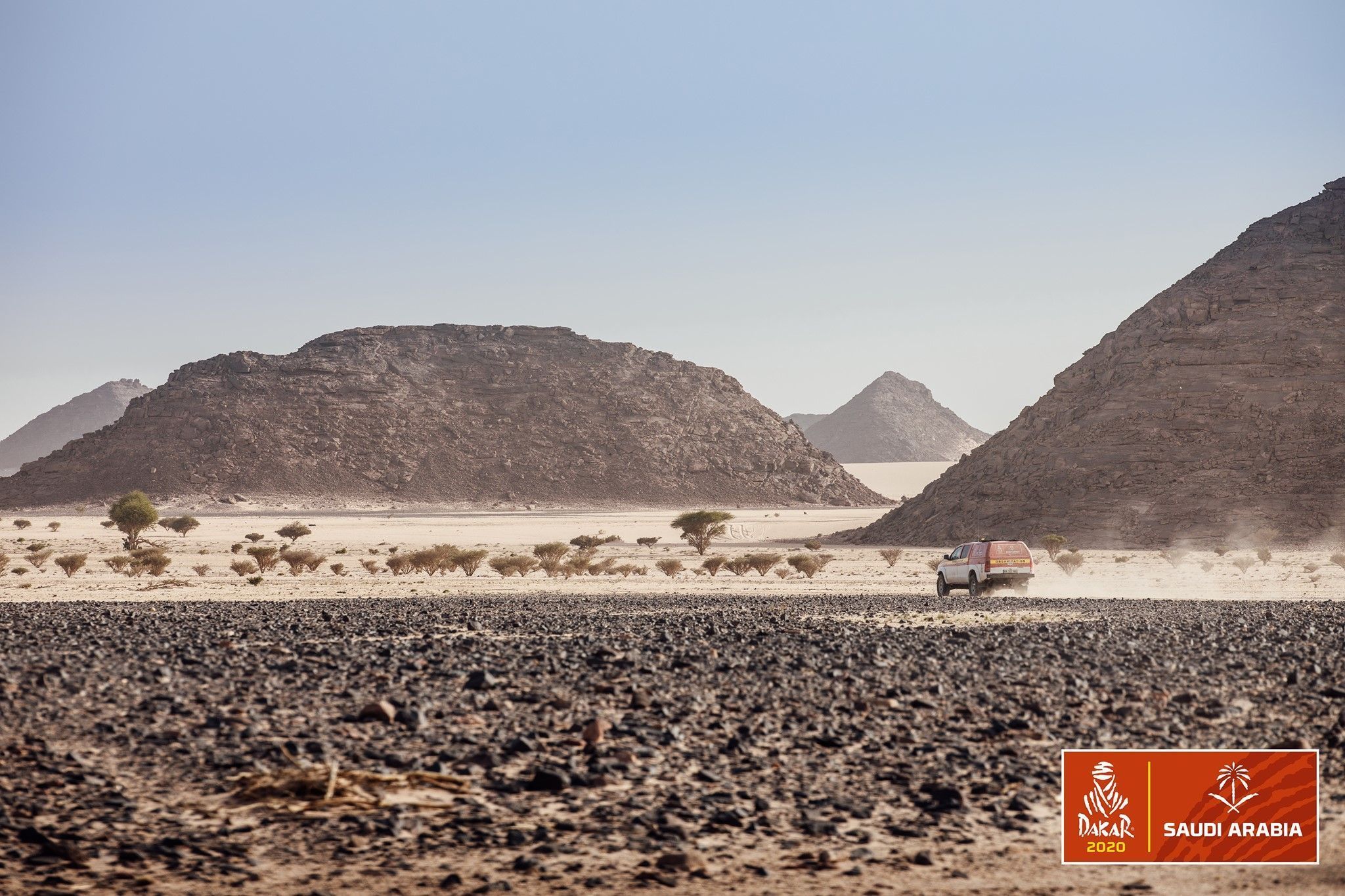ambassadors
Introduced by its new director David Castera, the ASO has presented the 2020 Dakar rally. This officially kicks off a third chapter in the competition’s history, an adventure in the deserts of Saudi Arabia. It’s a big moment that many competitors, teams and journalists have been waiting eagerly for.
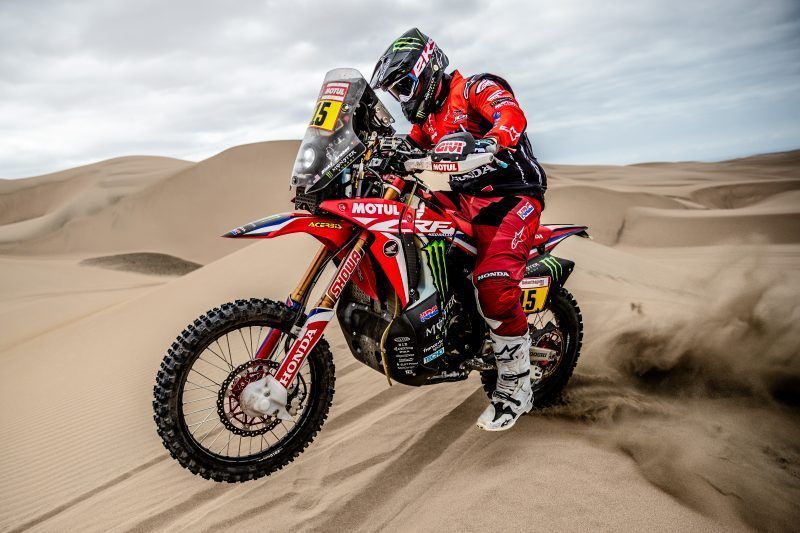
In less than two months, hundreds of competitors on bikes and in cars, SSVs, quads and trucks will set off for what is the third chapter of the legendary Dakar race. After its historical start in Africa, the Dakar race was forced to move to South America, and now it will take on the sands of the Middle East. Although the rally is making a fresh start in a new continent, the Dakar’s new director and Dakar veteran David Castera is convinced that Saudi Arabia is the perfect place to continue the Dakar’s story. It offers challenging conditions and will bring the spirit of adventure back to the event.
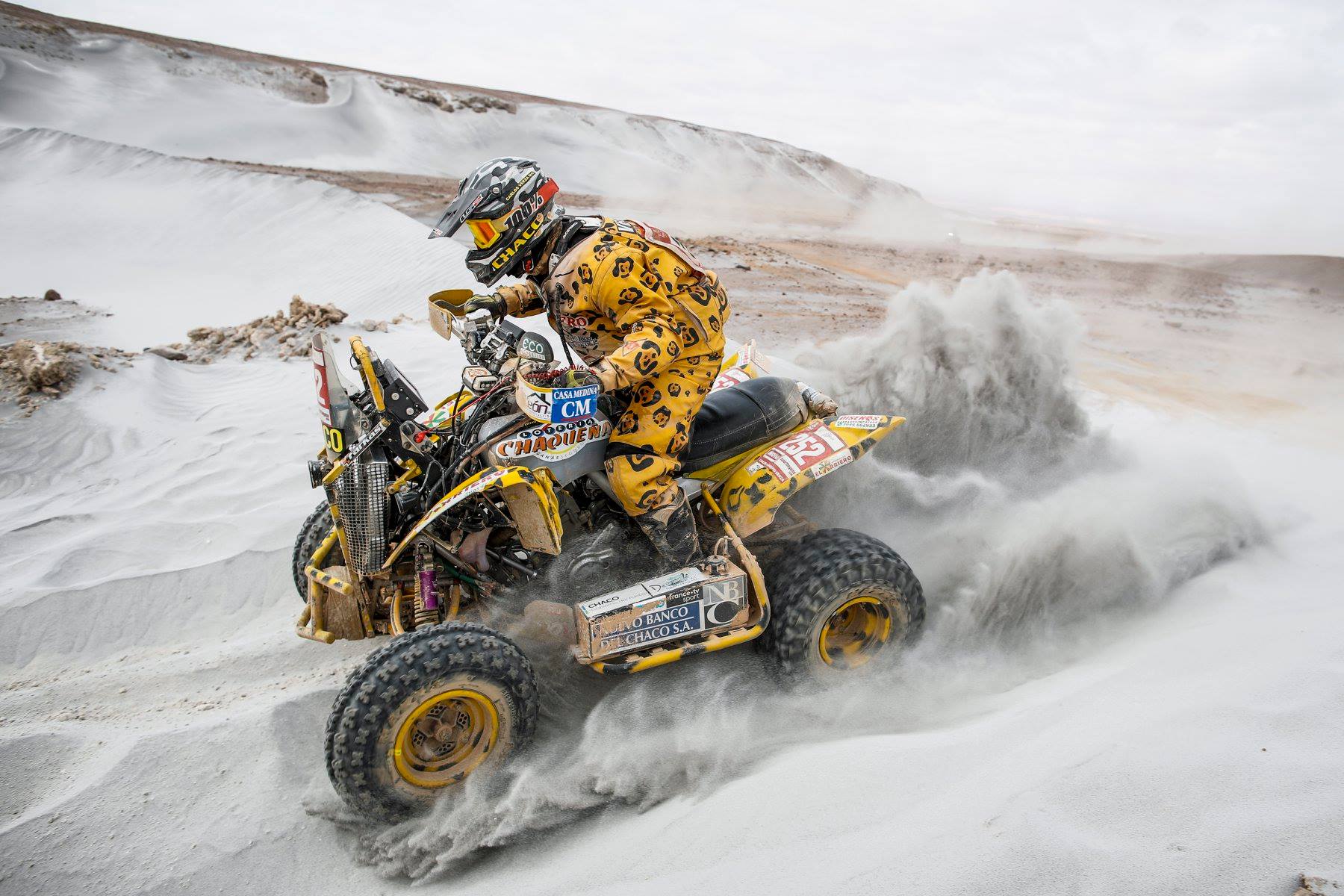
For Saudi Arabia, a country that was relatively closed off from the global scene until now, hosting the Dakar is a significant change and it fits perfectly with the country’s Vision 2030 plan – a mission to propel the kingdom into the 21st century. According to the Director of the Saudi Sports Authority, Prince Abdulaziz bin Turki AlFaisal Al Saud, the kingdom is the perfect place to begin the third chapter in the Dakar’s long history because motor sport is a true obsession in his country.
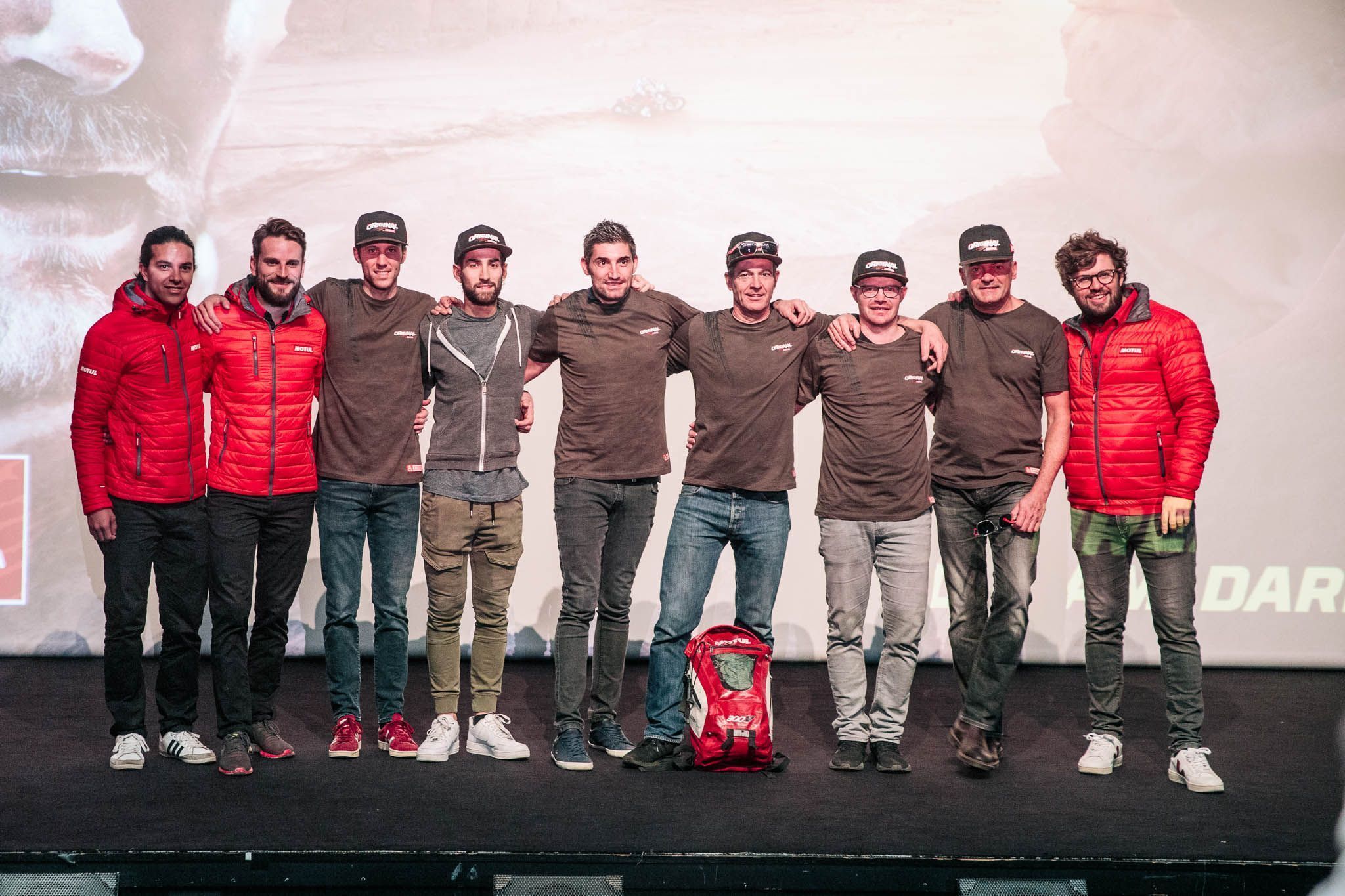
The 2020 Dakar will also see a number of changes in the regulations. Most notably, there will be an obligatory 15-minute stop during a special stage. This way, participants can take a break to restore their strength and concentration, which will ultimately make for a safer competition. This 15-minute break will also reduce the amount of overtaking between the categories. The biggest change, however, is the introduction of a joker formula. If a competitor has to retire during the stage and there are no medical issues, they can ask to rejoin the competition for the next stage under the “Dakar Experience” formula. This way, unlucky participants are out of the overall standings but can still gain valuable experience for future events. This rule will apply to all participants except for the Elite teams.
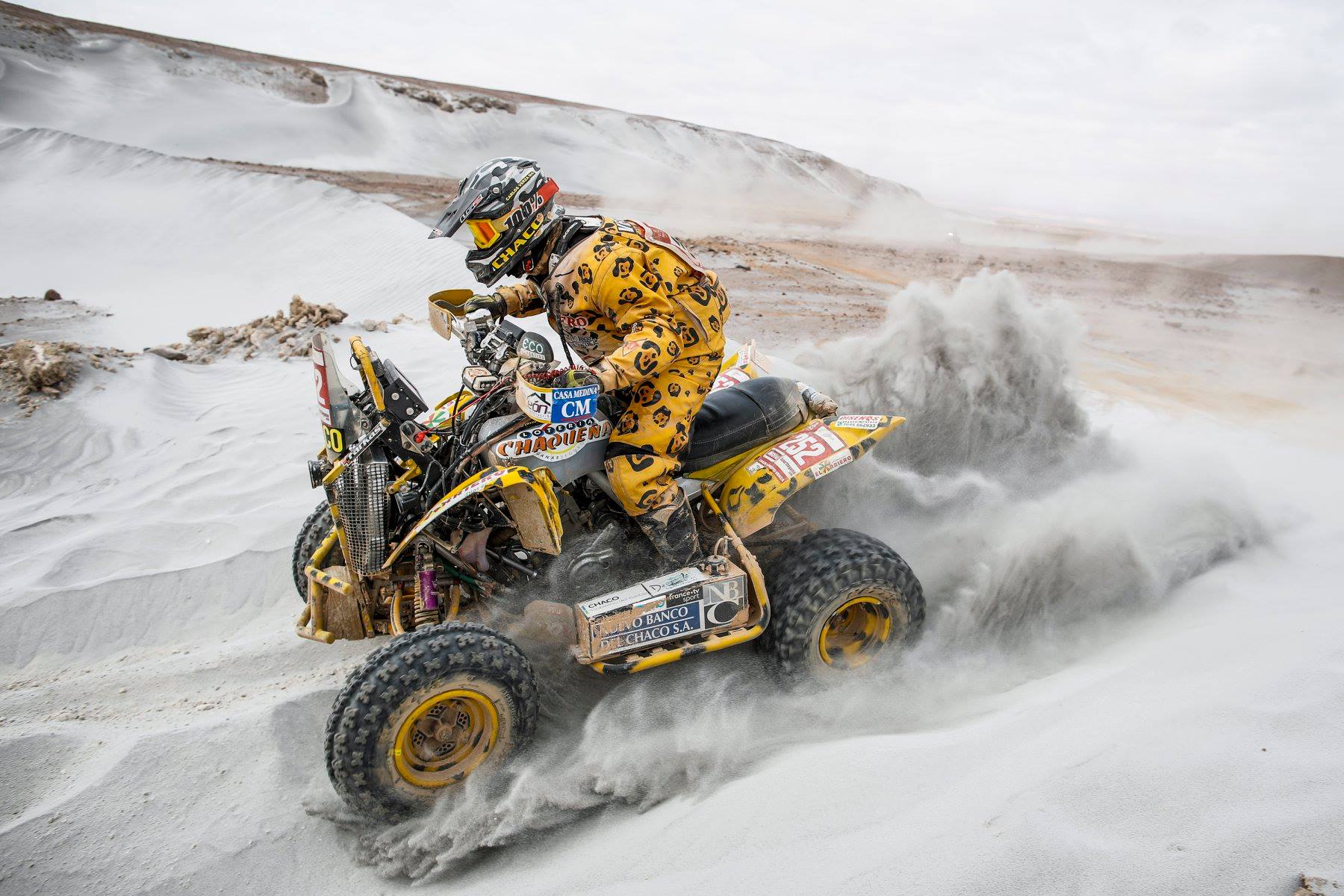
The 2020 Route
The 42nd Dakar will kick off in Jeddah and conclude 12 stages later in Qiddiyah. The first third of the rally will test the navigation skills of the riders and crews. Close to the Red Sea coast and up towards the Jordanian border, the event will take in stages around Neom and then head towards Al Ula, with the navigators leading the way. With more and more sand, the dunes between Ha’il and the capital Riyadh will post a major challenge, before a rest day in Riyadh. The rally will continue into the vast “Empty Quarter” of south-eastern Saudi Arabia, which is roughly the size of France and is where the all-important Shubaytah and Haradh stages will be contested. However, the general classification will not necessarily be set in stone heading into the final Qiddiyah stage, where navigation challenges could still catch out even the best teams.
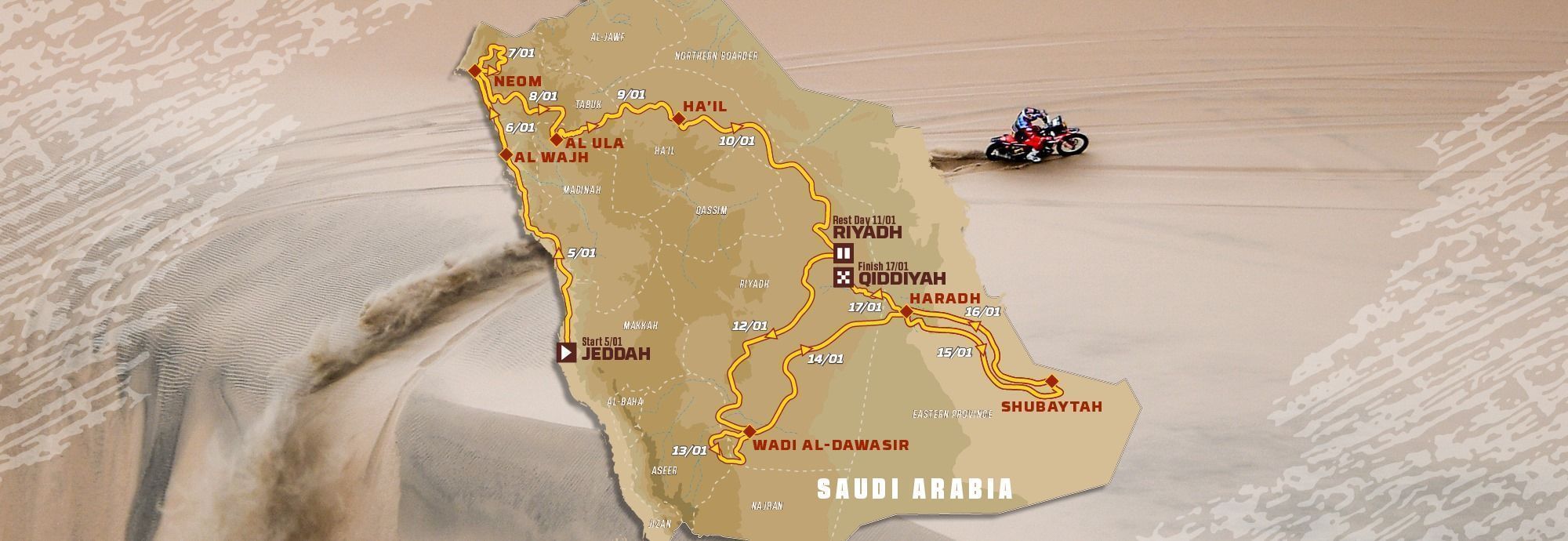
Dakar 2020 in numbers
Wrapping your head around a Dakar event is no easy task. To give you some idea of the scale of the event, some numbers can help. The route through Saudi Arabia is no less than 7,900 kilometres long and includes a whopping 5,000 kilometres of special stages. There will be 557 competitors with 53 different nationalities in 351 vehicles starting the race, an increase of more than 5% over last year’s event. The call of the Middle East has definitely been answered.
